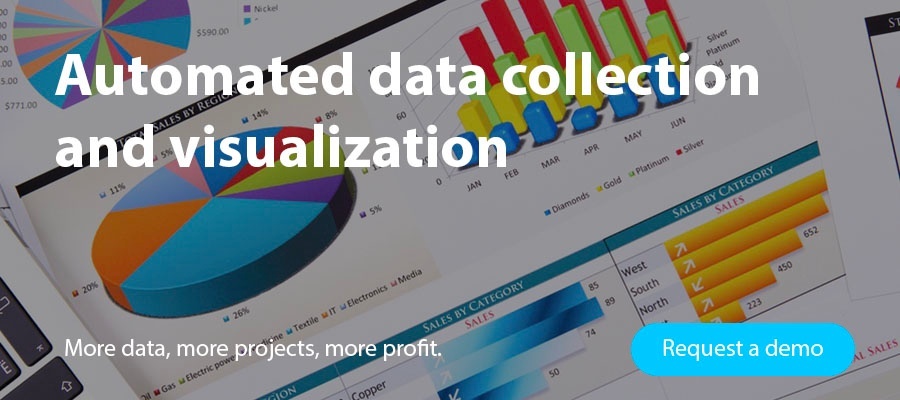The Practical Aspect of Construction Risk Assessment Management
As modern construction operations seek formal control over the health and safety hazards common to the industry, they also seek a practical solution, one wherein risk assessment management evokes best practices while limiting any need for excessive documentation. It is no longer cost-efficient, productivity-constructive or safety-sufficient to operate in a reactive rather than proactive construction risk management environment. The practical aspect of risk assessment management in construction sets focus on comprehensive accident prevention rather than management of costly accident aftereffects.
Core Benefits of Effective Risk Assessment Management In Construction
Far from being yet another non-productive management overhead, effective risk assessment management enables successful safety and health planning that effectively reduces adverse effects on company profitability as well as employee health (Engineering Management, “Practical Risk Management in the Construction Industry” by Leslie Edwards, BSc, FICE, FCIArb, FIRM: ISBN: 0 7277 2064 3). The core benefits provided by effective construction risk management include:
- An increase in overall company awareness of construction jobsite hazards
- Dedication to a better developed, structured and focused approach to jobsite risk assessment and management
- Development of a reliable real-time information transfer system wherein all responsible parties, including workers and operators, have access to all available safety documentation, task-specific requirements and procedural safety confirmation processes
- AND As a most important end goal, the effective reduction of accidents – thus ensuring the long-term health and safety protection for operators, workers and other site personal.
Risk Assessment Management In Construction – Basic Techniques
Without access to the right data accumulation and risk analysis tools, no company can effectively enable a comprehensive construction risk assessment and risk management program. The following concepts define the basic techniques necessary for improved on-the-job safety and health assessment and risk prevention.
Risk Assessment Begins With Risk Identification:
Knowledge is key to any successful risk assessment program. It begins as a collaborative effort:
- Hear the voices of workers and operators as well as the voices of leadership. Identify risk factors
- Determine the root source of existing hazards
- Craft an effective method for tracking, measuring and analyzing the activities that can lead up to a point of safety failure.
Qualitative Risk Assessment:
For rapid crafting of your construction risk analysis program, call on the experience and judgment of past and current project managers. This is prelude to development and activation of a more long-term construction hazard identification and management program.
Quantitative Risk Assessment:
This part of the program steps into the realm of real-time data accumulation, risk modeling and precision projection. It takes advantage of comprehensive data processing as the core for comprehensive risk analyses. It is often driven by:
- Mobile technology
- Cloud-based data storage
- Real-time data analysis
- Rapid creation of and access to safety documentation
- AND a digital model of quantitative construction risk assessment.
Getting data from the field has always been a cumbersome process. Data got lost in a large paperwork pile. making it impossible to see trends and limited decision making based on experience and gut feeling. Assignar helps contractors to collect and process data in real time enabling for data driven decisions.






